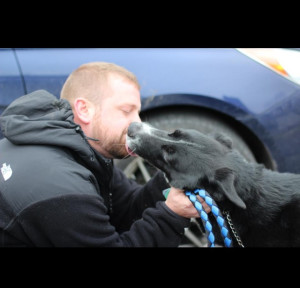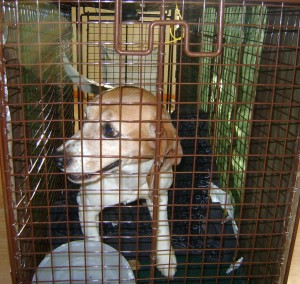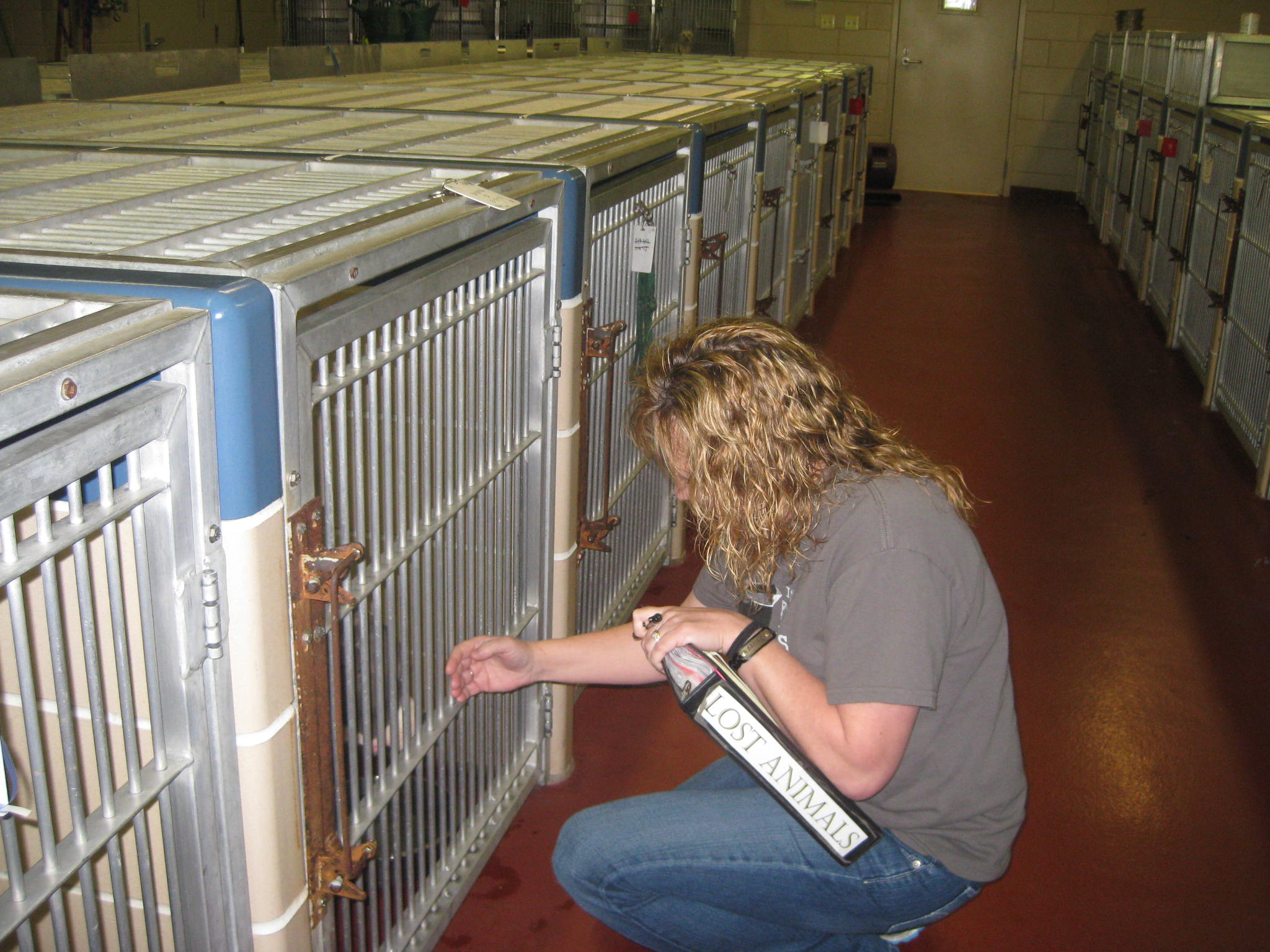
Patty, an Animal Control Officer at Winnebago County Animal Services in Rockford , Illinois checks the kennels for dogs matching the descriptions in the Lost Dog reports.
There are more lost dogs now than there have ever been. Pet ownership is up and we, as a nation, are saving more dogs, with many more people choosing adoption as their option. This is a great thing but it comes with its challenges. For many people, this is their first experience owning a shy, rescued dog. These dogs are often high flight risks and can quickly escape through a door or wiggle out of an ill-fitting collar, harness or slip lead.
Searching for a shy lost dog is expensive and time-consuming. Most shelters and rescues are obliged to help search for a dog that has gone missing from a newly adopted home, a foster home, their transport or their facility. Publicly funded shelters and stray-holding facilities are also obligated to proactively return lost pets to their owners, because they are taking taxpayer money to do it. Please read our series “Harnessing the Energy” on how rescues and shelters can organize teams of volunteers to help capture a lost dog.
But unfortunately, many shelters do not proactively help reunite lost pets. The average national Return to Owner (RTO) rate for dogs is 20%, for cats – a dismal 2%. You only have to walk down the aisle of a shelter and read the kennel cards and see how many of the animals are listed as “stray” to realize the enormity of the problem. If shelters could get more lost pets home, it would reduce shelter deaths and save taxpayer money.
Shelters that are introducing proactive programs (often entirely volunteer-run) are seeing their Return to Owner rates rise. Some shelters are reporting RTO rates higher than 70% for dogs.
What can a shelter do to improve their Return to Owner rate and why would they want to?
Goodwill, positive press and donations are generated when an animal control agency or shelter takes a proactive approach to reuniting lost pets with their families. Heartwarming stories and photos (easily posted on Facebook) elevate the reputation of the facility from “dog catcher” to compassionate life-savers.
A shelter typically has two windows of opportunity to help people find their lost pet.
1. When a person who has lost a pet comes in or calls to file a report.
2. When “stray” dogs and cats are picked up and impounded at the facility.
There are different levels of staff and volunteer participation that can be utilized to help facilitate more reunions. Starting with just a few simple changes can make a difference! Animal control officers should be encouraged to do field redemptions whenever possible. Equip animal control officers with microchip scanners and laptops or smartphones. Getting lost pets home before they even enter the shelter system lessens the workload on the kennel staff, decreases overcrowding and illness, and reduces euthanasia.
Volunteers and staff can be trained to implement many parts of an RTO program. Here are some ideas that have been successful:
Reuniting “Owned Strays” with their owner:
- Scan every animal that is brought to your shelter for a microchip using “Best Microchip Procedures”.
- Keep detailed records about where and when an animal was picked up and make this information available to the public.
- Use a dedicated email address for lost and found reports. This will help keep these reports separate and out of the general email stream. example: lostpets@abcanimalshelter.com
- Keep detailed records of calls your facility receives from people who have lost a pet. Use an online reporting system also, so they can fill it out after hours. Request that they email or fax a picture and show the photo to your staff members and volunteers immediately after you receive them.
- Have volunteers or staff members compare lost pet reports with the animals your facility is holding to see if any match. Store the reports and photos in a binder that is easily accessible to staff and volunteers.
- Depending on volume, either set up a dedicated Facebook page or use albums on your regular Facebook page to post pictures of lost pets that were brought to your facility. Allow the public to post as well. Facebook allows other people to share the posts and many times reunions happen because a neighbor or friend recognizes the dog. Websites are usually only viewed by the owner. It is easy to train volunteers to maintain and moderate a Facebook page.
- Set up an account with Helping Lost Pets.com, an international, map-based website that makes it easy for staff, owners, finders of dogs, volunteers and the general public to get involved in matching lost dogs with their owners. Here is an article on the HeLP system: http://lostdogsofamerica.org/helping-lost-pets-provides-one-national-website-for-all-missing-pets/
- Post the same pictures on your website for those people that don’t have a Facebook account. Using the Helping Lost pets system will provide a “shareable” link to the photos to Facebook and Twitter.
- Use a volunteer “greeter” that can help people that enter the facility looking for their pet. This will lessen the workload of the front office staff. This volunteer should know what the requirements are and be able to easily communicate this with an owner (eg. proof of ownership, vaccination records). Have these printed out in both English and Spanish to give to the owners so lost pets can be reclaimed as quickly as possible. Many pets are “abandoned at the shelter” because the reclaim fees are too high. You always want to facilitate fast reunions to reduce this abandonment.
- Negotiate and lower fees to reduce abandonment at the shelter. Authorize front desk staff members to negotiate fees. Many owners are embarrassed to ask or don’t know that the shelter will negotiate. Make it easy to reclaim a lost pet.
- Have volunteers monitor other internet and community lost pets listings including Craigslist, community newspapers, Facebook pages and websites.
- Trained volunteers can track down the owners of impounded pets with disconnected phone numbers or lacking current microchip information. Here is an article that will help: https://www.lostdogsillinois.org/how-to-trace-dead-end-microchips-and-tag-information-on-found-pets/
- Mention whether a dog that is adoptable or impounded was brought to your shelter as a surrender or a stray.
- Scan every animal in your shelter one last time before allowing him or her to be adopted or euthanized.
If the owner’s lost pet is not at the shelter, compassionate, customer-service oriented volunteers can be trained to assist the owner by doing the following things. Extra assistance may be needed for elderly owners; owners without internet, computers or transportation; and those owners for whom English is a second language.
- Assist the owner in filling out a lost pet report form. Explain to them how to “red flag” their missing pet with the microchip company and/or update information if it isn’t already done.
- Provide them with our 5 Things Flyer in either English or Spanish. The 5 Things Flyers is good for both dogs and cats.
- Provide them with an Lost Dogs Illinois business card if it is a dog. Our website has a lot of valuable information that can help them find their dog. If it is a cat – provide them with the link to any Lost Cats or Lost Pets Facebook pages in your area as well as the catsinthebag.org and missingpetpartnership.org websites.
- If they already have a flyer made – post it on the shelter bulletin board. Volunteers should keep the bulletin board tidy and up to date. Date each flyer and then call owners after a certain number of days to do follow up and provide more support and assistance.
- Develop a “pet detective” team that can help owners develop a strategic plan for finding their lost pets based on the circumstances regarding their disappearance, their breed, location, etc.
- Provide trap rentals for the public. Here is a series of articles on trapping: https://www.lostdogsillinois.org/humane-trapping-before-you-begin-part-9-in-a-series-2/
Shelters should be willing to dedicate a portion of their website to helpful advice for missing pets. May people lose their pets late at night and frantically look for information on the internet to help them with their search. Providing links to good information on your website will work for you even when your staff is busy or the office is closed. You will appear to be a “helpful” resource in the community even if people only accessed the information via your website.
At Lost Dogs Illinois, we are committed to helping reunite people with their lost dogs. Together with the help of shelters and stray-holding facilities we can make a difference. Please contact us at lostdogsil@gmail.com if we can be of assistance to offer training to shelter staff and/or volunteers. We have numerous power points for all components of our volunteer training that we would be happy to present.We would love to hear from you!

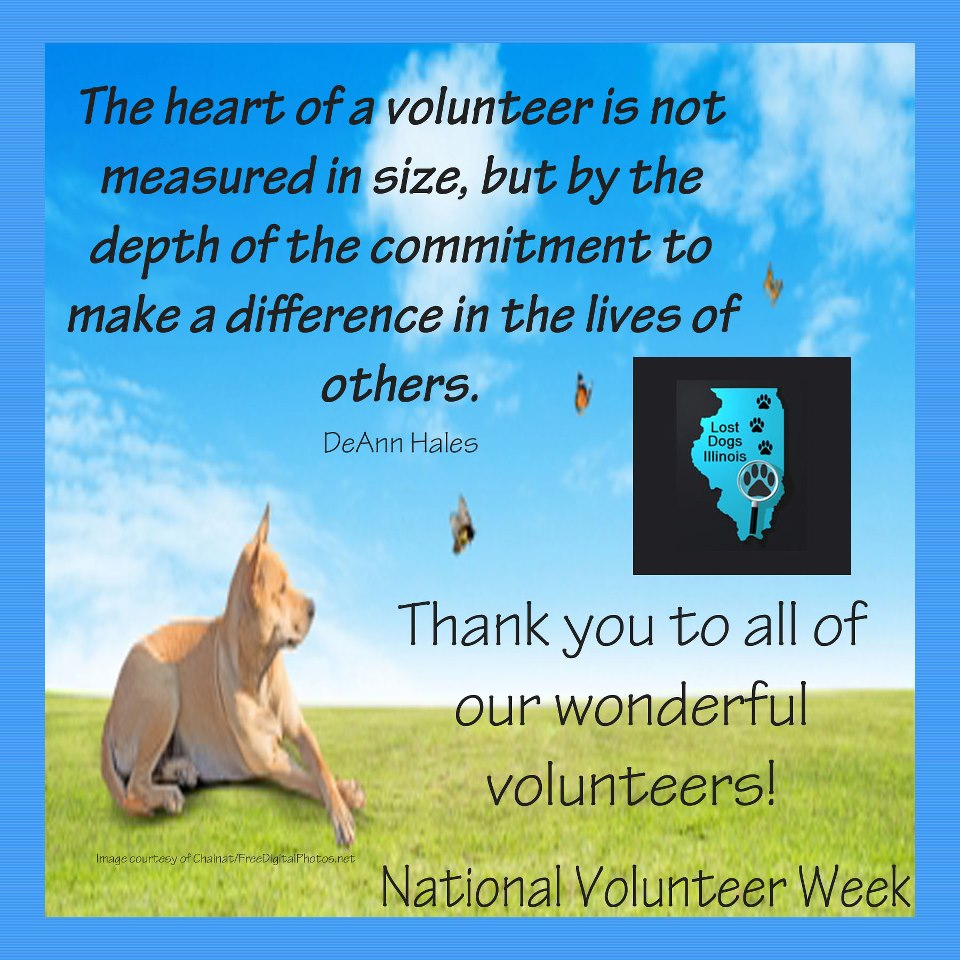
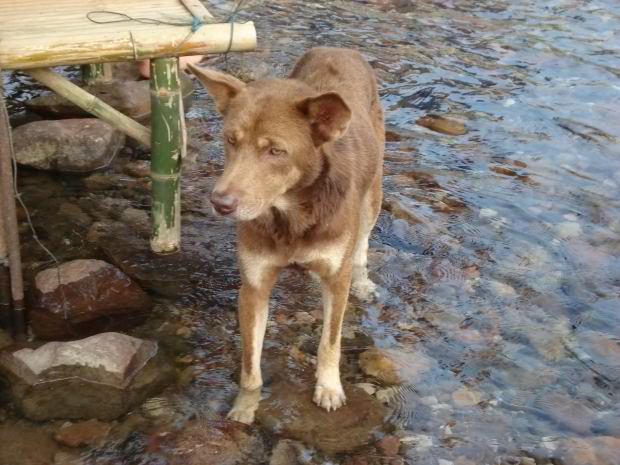

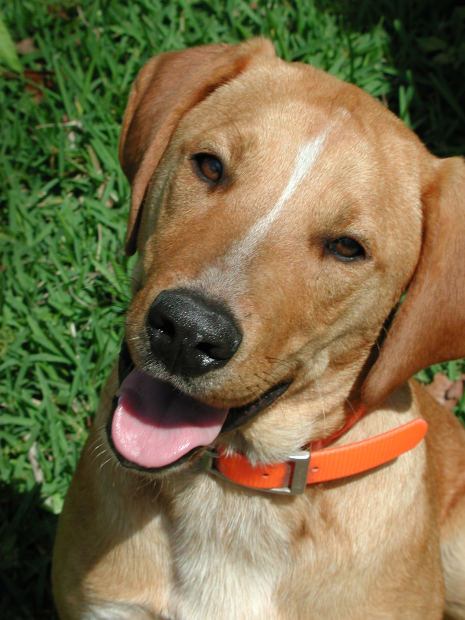
 Facebook is great! It has helped us to connect and share our posts with over 32,000 Facebook fans in Illinois. Many of those fans re-share our posts and many lost dogs have been reunited with their owners. But not everybody is on Facebook. That is why we have branched out to include other social media sites in our toolbox. Pinterest is a hot new social media site that we are on. Or, if you like your messages short, sweet and easily searchable; you can “follow” us on Twitter.
Facebook is great! It has helped us to connect and share our posts with over 32,000 Facebook fans in Illinois. Many of those fans re-share our posts and many lost dogs have been reunited with their owners. But not everybody is on Facebook. That is why we have branched out to include other social media sites in our toolbox. Pinterest is a hot new social media site that we are on. Or, if you like your messages short, sweet and easily searchable; you can “follow” us on Twitter.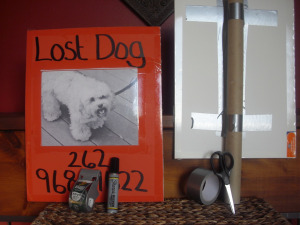 Posting signs is one of the most effective things you can do to get your lost dog back home. But it’s important to realize that not all signs are created equally, meaning some are more effective than others. If you follow the steps below, you will be successful at both creating effective signs and putting them in the appropriate locations.
Posting signs is one of the most effective things you can do to get your lost dog back home. But it’s important to realize that not all signs are created equally, meaning some are more effective than others. If you follow the steps below, you will be successful at both creating effective signs and putting them in the appropriate locations.
